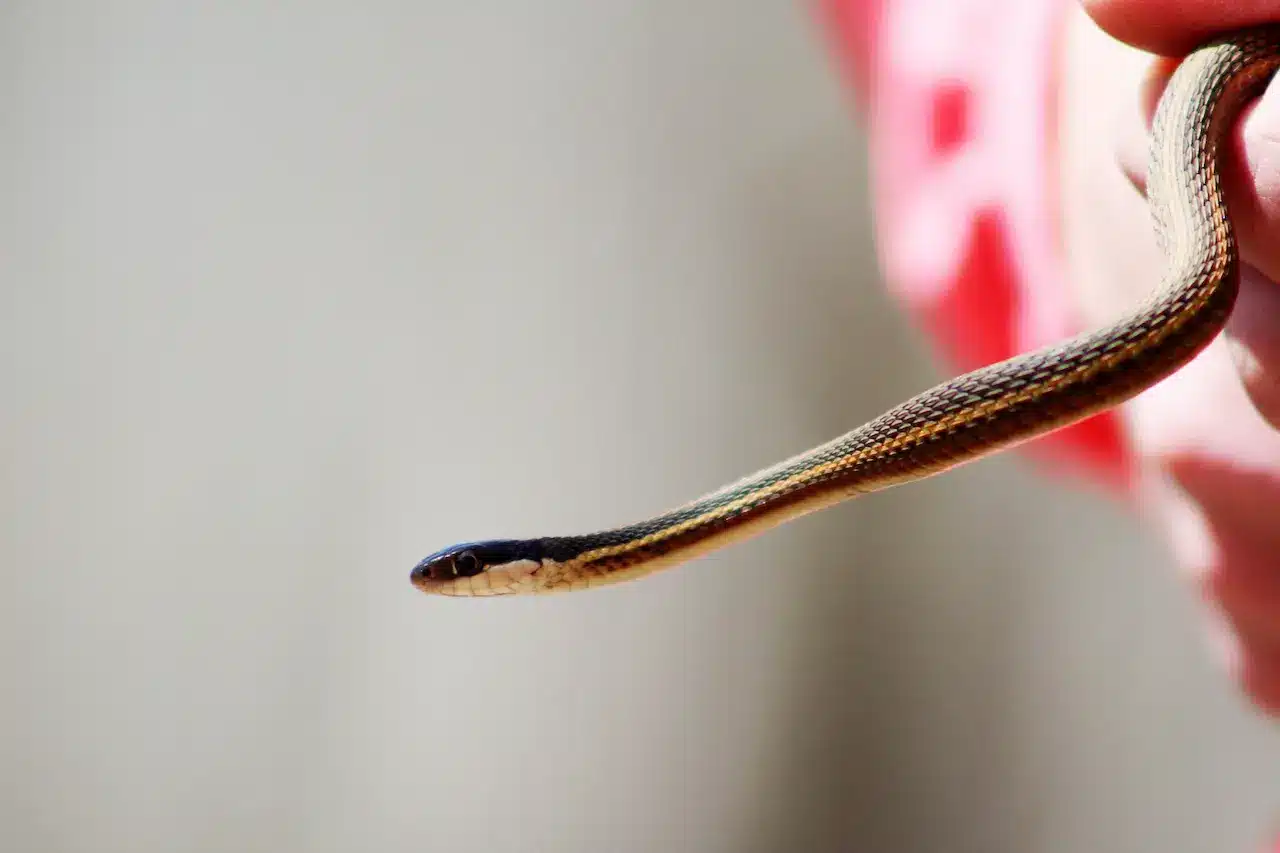Venomous snakes have long fascinated and frightened humans in equal measure. While most people understand that these reptiles possess potent toxins capable of causing serious harm or death, fewer recognize that snake bites aren’t simply mechanical events with predictable outcomes. The emotional and physiological state of a snake—what we might colloquially call its “mood”—can significantly influence both its likelihood to bite and the composition of venom it delivers. This relationship between a snake’s internal state and its venom deployment represents a fascinating intersection of animal behavior, evolutionary biology, and toxicology. As we explore this complex topic, we’ll discover that snake bites are far more nuanced than commonly believed, with implications for both wilderness safety and medical treatment.
The Basic Mechanics of Snake Venom Delivery
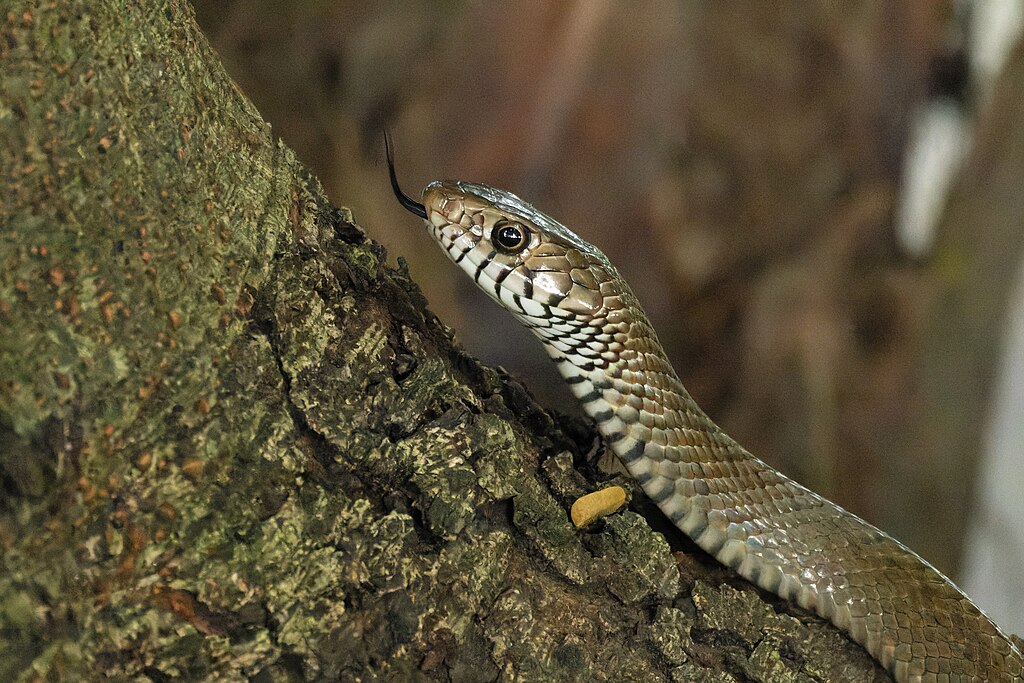
Snake venom is produced in specialized glands located behind the eyes of venomous species, connected via ducts to hollow or grooved fangs. When a snake bites, muscular contractions force venom through these ducts and into the fangs, which act as hypodermic needles delivering toxins into the victim. Unlike what many people believe, venom injection is not an automatic process—snakes possess remarkable control over whether they inject venom and how much they deliver. This venom metering system allows snakes to conserve their metabolically expensive venom when necessary, such as when biting defensively rather than for prey acquisition. Understanding this basic mechanism helps explain why a snake’s emotional state can dramatically affect the nature of its bite, as the reptile actively decides how to deploy its venomous arsenal.
Defensive Versus Predatory Bites

One of the most significant ways a snake’s mood influences its bite is the fundamental distinction between defensive and predatory strikes. When hunting, a snake is typically calm and calculated, striking with precision to inject venom optimized for killing and digesting prey. These predatory bites usually deliver a carefully measured dose of venom specifically evolved to immobilize and begin breaking down the snake’s typical food sources. In contrast, defensive bites occur when a snake feels threatened or cornered, resulting in a heightened emotional state characterized by fear and stress. Defensive strikes are often faster, less precise, and may involve different venom deployment strategies—sometimes delivering larger or smaller amounts of venom depending on the species and situation. This distinction highlights how the snake’s perceived purpose for biting directly influences the physiological mechanisms involved.
Dry Bites: When Snakes Choose Not to Envenomate

Perhaps the most compelling evidence of how a snake’s mood affects its bite is the phenomenon of “dry bites,” where venomous snakes strike without delivering venom. Studies suggest that between 20-25% of bites from some venomous species contain no venom at all, reflecting the snake’s conscious or unconscious decision to conserve its toxic resources. Dry bites most commonly occur in defensive situations, where the snake aims to discourage a perceived threat rather than secure a meal. This venom conservation strategy makes evolutionary sense, as producing venom requires significant metabolic energy, and depleting venom stores could leave the snake vulnerable if it needs to capture prey soon after. The prevalence of dry bites demonstrates that snakes possess sophisticated control systems governing venom deployment, influenced by their assessment of the situation and their corresponding emotional state.
Venom Metering and Emotional Arousal

Snakes exhibit remarkable control over how much venom they inject, a phenomenon known as venom metering. Research has demonstrated that a snake’s level of agitation or threat perception directly correlates with venom expenditure in many species. A highly stressed or repeatedly provoked snake may deliver significantly more venom than one that feels less threatened, suggesting that emotional arousal influences the neural and muscular mechanisms controlling venom gland compression. This correlation isn’t universal across all species—some snakes actually deliver less venom when extremely agitated, possibly due to different evolutionary strategies or physiological constraints. The complexity of venom metering shows that snake bites aren’t simply reflexive actions but rather sophisticated responses influenced by the reptile’s internal state and assessment of the situation.
The “Fight or Flight” Response in Venomous Snakes
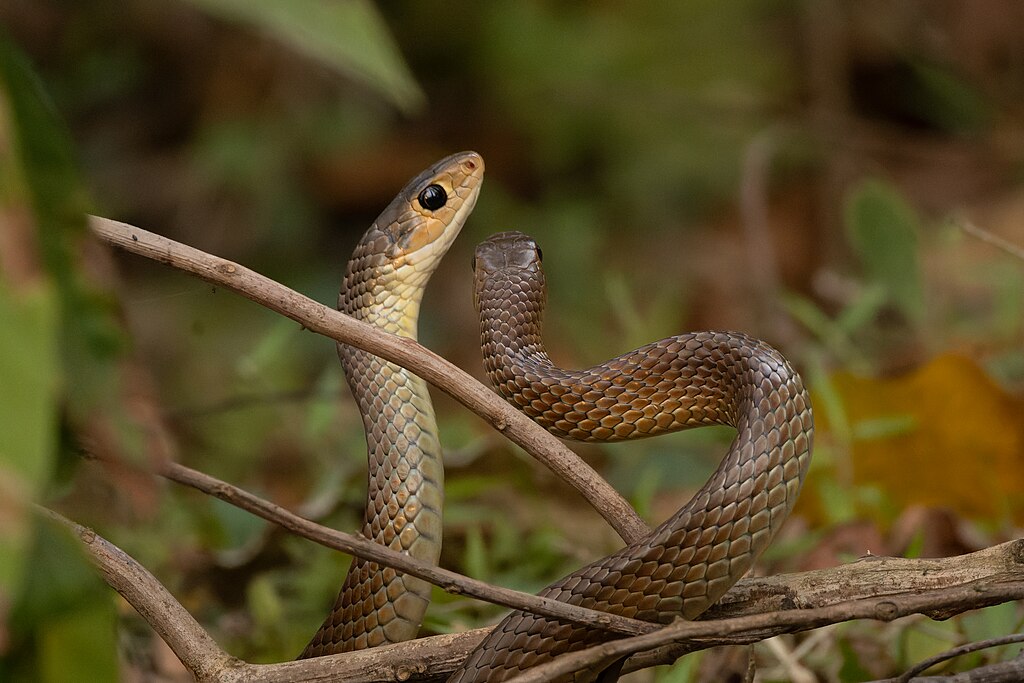
Like all vertebrates, snakes experience physiological changes during stressful encounters that prepare their bodies for fighting or fleeing—commonly known as the “fight or flight” response. When a snake feels threatened, its sympathetic nervous system triggers the release of stress hormones such as epinephrine (adrenaline) and cortisol, increasing heart rate, respiratory rate, and blood pressure. These physiological changes don’t just prepare the snake’s muscles for action—they may also influence venom gland function and venom composition. Some research suggests that stress hormones might temporarily alter venom production or modify how effectively the snake can deploy its venom. Understanding these stress responses helps explain why snakes encountering humans in different contexts—such as being accidentally stepped on versus being deliberately harassed—might deliver bites with varying levels of envenomation.
Venom Composition Changes Under Different Emotional States
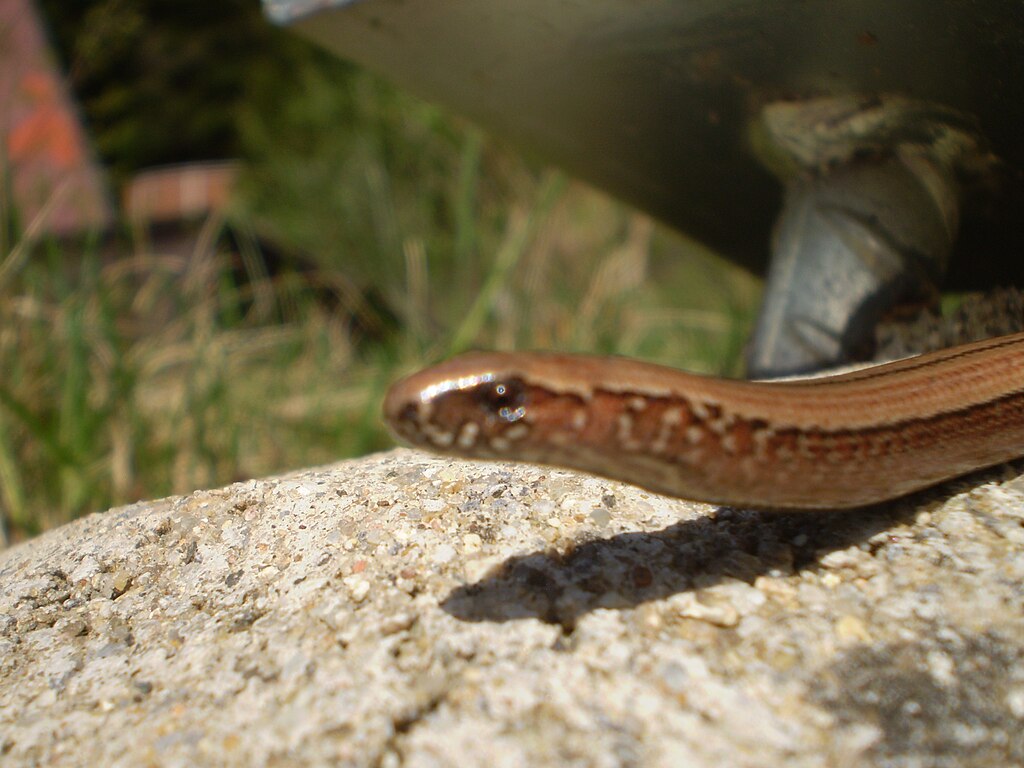
Emerging research suggests that a snake’s emotional state may influence not just the quantity of venom delivered but potentially its composition as well. Venom is a complex mixture of proteins and enzymes, and some studies indicate that stressed snakes may produce venom with different proportions of components compared to their baseline state. For example, certain defensive toxins might be upregulated during periods of stress, while digestive enzymes might be more prominent in venoms deployed during predatory strikes. These compositional changes could result from immediate physiological responses or more gradual adaptations to persistent stressors. While this area of research remains somewhat controversial and requires further investigation, it suggests an even more sophisticated relationship between a snake’s mood and its venom deployment than previously recognized.
Seasonal and Hormonal Influences on Snake Aggression

A snake’s propensity to bite and envenomate is significantly influenced by seasonal factors and corresponding hormonal changes, which could be considered longer-term “mood” influences. During breeding seasons, many venomous snake species—particularly males—show increased aggression and defensive behaviors as testosterone levels rise. These hormonal fluctuations can lower the threshold for defensive strikes and potentially affect venom deployment decisions. Similarly, females guarding eggs or young may exhibit heightened defensive responses and increased likelihood of delivering fully envenomated bites. Seasonal factors like temperature also play a role, as snakes tend to be more aggressive when their body temperature is optimal for activity, allowing for faster strikes and more effective venom delivery. These cyclical changes in behavior demonstrate how a snake’s internal physiological state creates predictable patterns in bite likelihood and potentially venom potency.
Prior Experiences and Learning in Venomous Snakes
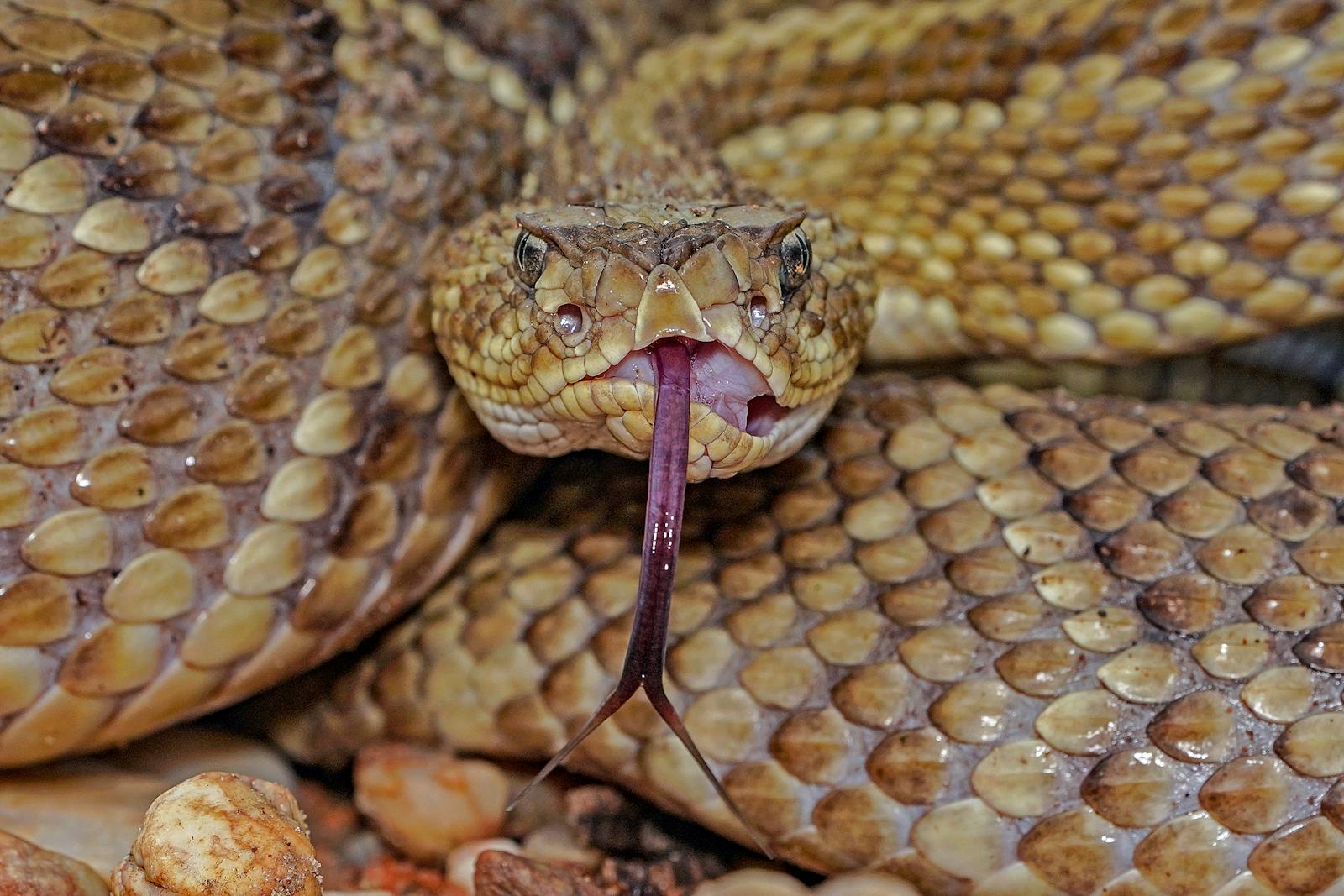
Contrary to popular belief, snakes possess significant learning capabilities that can influence their defensive behaviors and biting responses. A snake that has previously encountered humans without negative consequences may be less likely to deliver a defensive bite than one that has been harassed or injured by people. This learning process creates what might be considered individual “temperaments” among snakes of the same species, with some individuals consistently more defensive than others. Research has shown that captive venomous snakes often become more tolerant of handling over time, suggesting they can learn to discriminate between genuine threats and non-threatening interactions. These individual differences in behavior, shaped by experience, further complicate the relationship between a snake’s perceived mood and its biting response.
Species-Specific Variations in Mood-Related Biting

Different venomous snake species exhibit distinct behavioral tendencies that affect how their emotional states translate to biting behaviors. Some species, like the black mamba (Dendroaspis polylepis), become notably aggressive when threatened, delivering multiple bites with large venom loads when agitated. In contrast, many rattlesnake species prefer to use their warning rattle and may deliver dry bites even when provoked, suggesting different evolutionary strategies for managing threat responses. Cobras often employ impressive defensive displays before resorting to biting, giving them multiple options to express their agitated state before committing to venom expenditure. These species-specific behavioral patterns have evolved in response to different ecological pressures and predator relationships, creating diverse connections between emotional arousal and venom deployment across the venomous snake family tree.
How Human Behavior Influences Snake Mood and Bite Outcomes

Human actions directly influence a snake’s emotional state and, consequently, the nature of any resulting bite. Quick, erratic movements near a snake typically trigger stronger defensive responses than slow, deliberate actions, as rapid movements match the profile of predatory threats in the snake’s evolutionary history. Attempting to capture or kill a snake creates maximum stress and often results in fully envenomated bites, as the snake perceives an immediate life-threatening situation. In contrast, accidentally stepping on a snake while hiking might result in a startled reaction with less venom deployment, as the snake responds to sudden pressure rather than a sustained threat. Understanding how human behaviors escalate or moderate a snake’s stress response provides practical guidance for reducing both the likelihood and severity of venomous bites during unexpected encounters.
Medical Implications of Mood-Affected Snake Bites
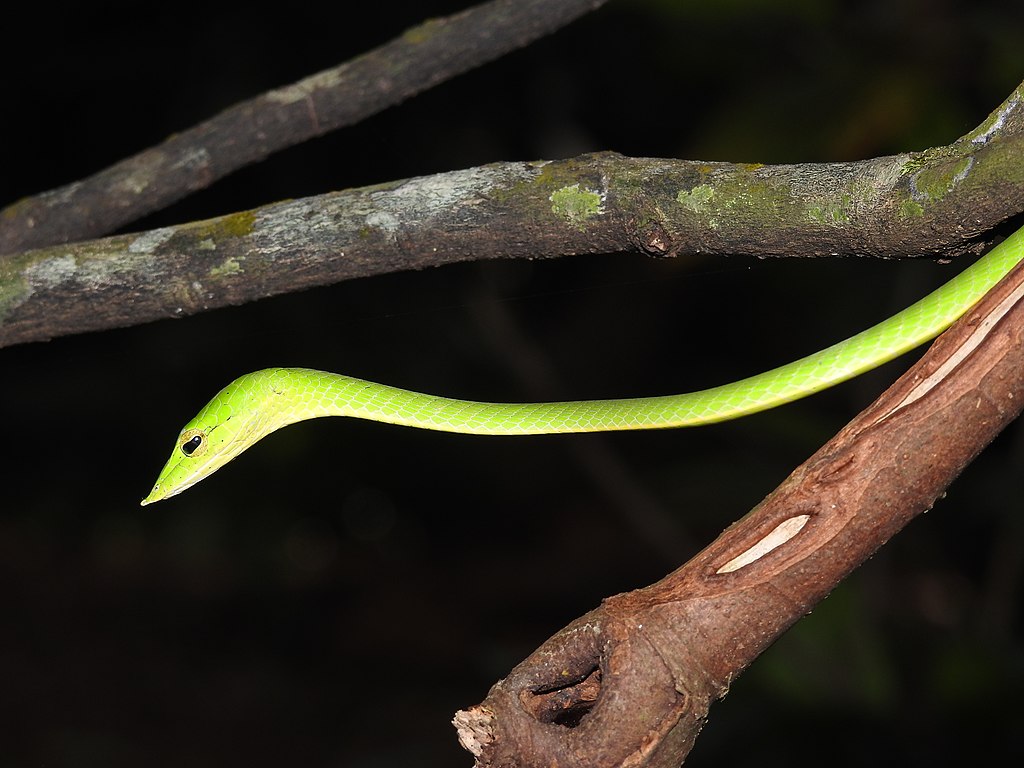
The relationship between a snake’s mood and its bite has significant implications for medical treatment of envenomation. Variation in venom quantity and potentially composition means that bites from the same species can produce dramatically different clinical outcomes depending on the circumstances of the encounter. Medical professionals increasingly recognize that the context of a bite—whether it occurred during deliberate handling, accidental contact, or unprovoked aggression—provides valuable information for predicting symptom progression and determining appropriate antivenom dosing. Bites resulting from high-stress encounters may require more aggressive treatment, while those from brief, startled reactions might warrant closer observation before intervention. This nuanced approach to snakebite treatment acknowledges the biological reality that venom deployment is a variable process influenced by the snake’s internal state, not a standardized medical event.
Research Challenges and Future Directions
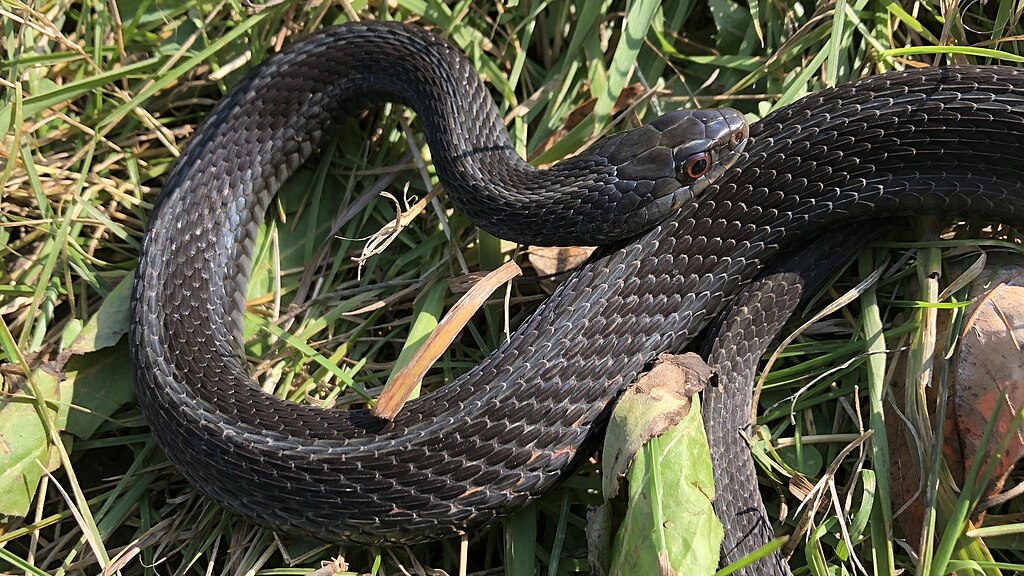
Studying the relationship between snake mood and bite characteristics presents significant scientific challenges. Ethically, researchers cannot deliberately provoke defensive bites from venomous snakes, limiting experimental options for directly measuring how emotional states affect venom deployment. Instead, scientists rely on observational studies, careful work with captive specimens, and innovative techniques like simulated strikes against venom collection devices. Future research directions include more sophisticated hormonal analyses to correlate stress markers with venom characteristics, and comparative studies across different environmental conditions. Advanced imaging techniques may eventually allow visualization of venom gland activity during different emotional states without requiring actual bites. As our understanding grows, this knowledge could lead to more effective snakebite prevention strategies and treatment protocols based on the circumstances of each bite rather than just snake species identification.
Practical Applications for Snake Safety

Understanding how a snake’s mood influences its bite provides practical guidance for reducing envenomation risk during wild encounters. Since agitated snakes are more likely to deliver serious bites, the cardinal rule is to avoid behaviors that increase snake stress—such as attempting to kill, capture, or handle venomous snakes. When unexpectedly encountering a snake, freezing momentarily and then slowly backing away presents a less threatening profile than sudden movements. Maintaining awareness in snake habitat, watching foot placement, and using tools like walking sticks to probe vegetation can prevent surprise encounters that trigger defensive strikes. For professionals who work with venomous snakes, recognizing behavioral cues that indicate heightened stress levels—such as rapid breathing, tense posture, or defensive displays—provides critical warning signs to modify their approach before a bite occurs.
Conclusion
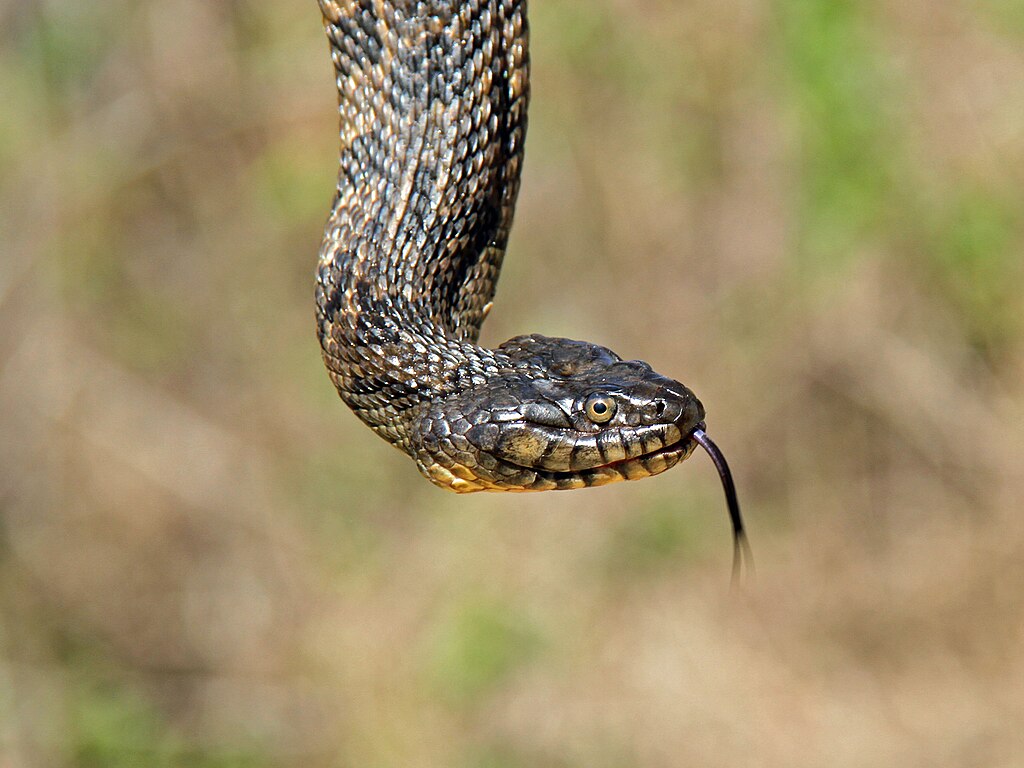
The relationship between a venomous snake’s mood and its bite represents a fascinating example of how animal behavior, physiology, and toxicology intersect. Far from being simple mechanical events, snake bites are complex interactions influenced by the reptile’s emotional state, prior experiences, and assessment of the situation. This nuanced understanding challenges simplistic views of venomous snakes as mindless biting machines and instead reveals sophisticated organisms with remarkable control over their defensive capabilities. For medical professionals, wilderness enthusiasts, and snake conservationists alike, appreciating how a snake’s mood affects its bite provides valuable insights that can reduce human-snake conflicts and improve outcomes when bites do occur. As research in this area continues to evolve, we can expect even greater appreciation for the intricate biological systems that govern these fascinating—if sometimes dangerous—interactions between humans and venomous snakes.

